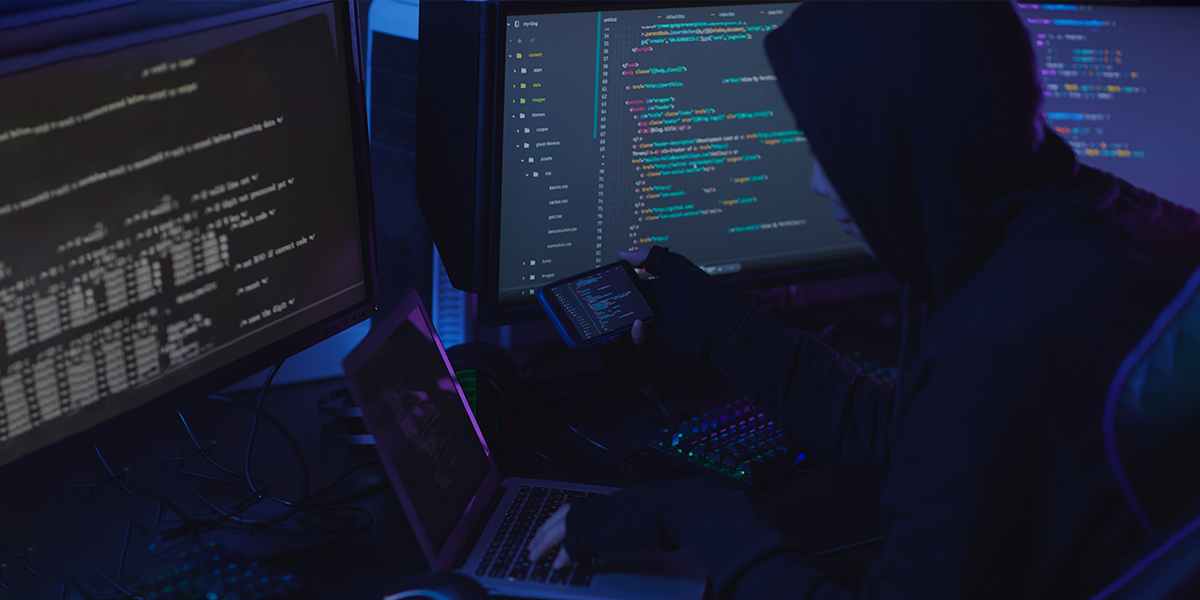The digital world is transforming the way we look at things and how we go about our day-to-day activities. However, there is a dark side to this too: threat actors intruding into your devices for a myriad of reasons, like dropping malware and stealing sensitive information.
Most organizations only tried to protect themselves from such external threats. However, what these organizations fail to realize and thereby protect themselves against is from attacks originating internally from their own employees, who either accidentally reveal sensitive information or do it intentionally for money or because of spite or anger towards the organization. One of the main reasons why stringent security measures are usually not in place is due to the trust that an organization has towards its employees and the freedom that an employee needs and is given in order to work effectively.
This blog explains Internal Attacks and a few security measures that an organization can implement to protect itself.
WHAT is an Internal Attack?
It is an attack carried out by an insider who has either been given access or escalated their privileges and gained access to an organization’s assets and data and uses them in a way that does not adhere to the organization’s security policies.
Types of Internal Attacks
- Malicious/Unintentional: The attacker intends to leak the organization’s critical assets for monetary benefits from elsewhere
- Unintentional: Either by mistake or due to not adhering to the organization’s security policies
Employees with malicious intentions, being a threat, are the ones who need to face stern action for abusing the organization’s data. However, it is equally important for an organization to ensure its employees do not unintentionally misuse organizational assets and data as such incidents are not reported because the employee is not aware that this behaviour of theirs amounts to a potential breach. An organization should therefore have a holistic approach towards identifying intentional and unintentional threats.
Read More: What Can Website Categorization Tell Us About Malicious URLs?
WHY do Internal Attacks Happen?
Let us dive deeper into attacks having a malicious intent.
Internal Attacks may be intentionally carried out by a dissatisfied employee, abuse by an employee having higher privileges, or someone who is leaving the organization. Such employees could abuse the privileges given to them for myriad reasons such as stealing data specific to the work that they have done or something which would aid them in their career growth, an administrator who abuses his access rights, deleting critical and sensitive data, and so on, thereby violating their employer’s trust and confidence. Employers should therefore immediately revoke their access privileges to prevent further damage, and try to mitigate risks from such breaches at the earliest.
HOW do Internal Attacks Happen?
- Unauthorized access
- Gaining access to rooms marked as restricted entry such as server rooms, gaining additional privileges without proper authorization for disabling security are a few instances of attacks stemming from unauthorized access
- Vandalism
- Damaging physical equipment in the organization, stealing data using portable drives among others
- Inadequate security measures
- No restrictions on who needs to be allowed inside the organization, not restricting employees’ access privileges based on their role, etc.
- Inadequate training measures
- Employees not being trained on how to use their assets securely and what needs to be done if they suspect a breach
Takeaways
Employees are an organization’s greatest strength, but at the same time they could also become its greatest weakness. Insider threats go unnoticed because such threats are not anticipated by the organization and therefore necessary security measures are not in place. Insider threats therefore will continue forever and will be a major headache for organizations, as it is difficult to identify employees who have unvoiced resentments towards the organization and its policies. Another point to be considered is that threats due to a naive employee are more difficult to detect than those from a disgruntled employee, as such threats will not be reported due to ignorance.
One of the main reasons why this type of attack is a major threat to an organization is that employees know the source of data and have access to the same. It is also difficult to identify a malicious threat from inside the organization as mistrusting all employees is practically not possible and can cause discontent among them. Therefore it is not only necessary to educate your employees on safeguarding your assets but it is also good to engage employees while enforcing and implementing cybersecurity policies. It is also advisable to nurture a culture of trust among employees and the organization.
Listed below are few precautions that can be taken by an organization to protect itself from these attacks.
Safety Measures
Protect your systems and network from internal attacks by:
- Having a proper event logging mechanism in place
- Reviewing logs regularly
- Enforcing a strong password policy
- Changing your default network and device settings
- Enforcing the principle of least privilege
- Using reputed software for your activities; installing updates and applying patches for the latest vulnerabilities regularly
- Ensuring installation of a reputed and properly configured Intrusion Detection System (IDS)
- Installing a reputable enterprise security suite like K7 Endpoint Security and keeping it updated
- Scanning all your systems regularly
- Having a stringent cybersecurity policy in place and ensuring all employees read, understand, and adhere to the policy
- Providing cybersecurity training on a regular basis
- Backing up your data regularly
- Implementing a proper risk assessment process
- Practicing good security hygiene











